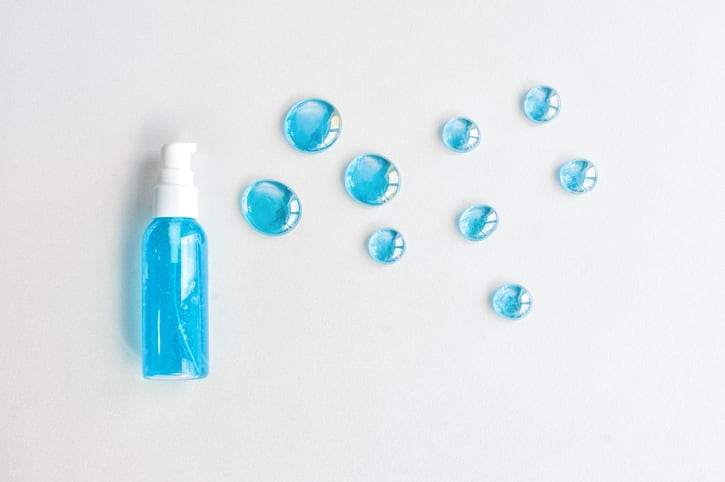Writing in Advances in Sample Preparation, researchers from Spain’s University of Valencia conducted a review of microextraction techniques used to analyse cosmetic products, from testing active ingredient concentrations through to checking safety limits of excipients and additives. The review investigated some of the latest phases being applied by industry and how and why these might be favourable versus traditional techniques.
“Since the first precedent twenty-five years ago, the increased number of published scientific articles related to the use of microextraction techniques in the analysis of cosmetic products reflects the high potential that these miniaturised techniques offer to sample preparation in this field,” the researchers wrote in the review.
And application of both sorbent- and solvent-based microextraction techniques had continued to grow over the past 25 years, now “ranking among the most used procedures in the analysis of cosmetic products”.
Why? “...As they are cutting-edge techniques that easily adapt to new research trends, and to environmental and operational needs”, the researchers said.
‘Numerous advances’ in microextraction techniques
According to the review, sorbent-based microextraction techniques to analyse cosmetic products began “long before” use of solvent-based methods, though application of solvent-based microextraction techniques rose between 2011-2016 – likely due to their “greater simplicity, rapidity and low cost”. However, post-2016, both techniques received equal interest in terms of the number of publications, it found.
And over the years, the researchers said “numerous advances” had been made in both techniques, particularly around improving the sensitivity and selectivity parameters, and pushing towards greener methods that aligned with the principles of Green Analytical Chemistry and Green Sample Preparation.
Developments in the field, for example, aimed to improve operational aspects like reducing manual intervention and speeding up analysis time, they said. In sorbent-based microextraction techniques, the design of “tailor-made sorbents” like lab-made fibres for solid-phase microextraction (SPME) or functionalised magnetic nanoparticles (MNPs) for dispersive solid-phase microextraction (DSPE) had been one of the key focuses, according to the review.
“Additionally, magnetic sorbents occupy an important place, mainly due to their easy
retrieval after extraction by means of an external magnetic field, reducing sample pre-treatment time and simplifying the whole procedure,” the researchers said.
As for solvent-based microextraction techniques, the review found focus had shifted towards the use of “less toxic” and selective solvents, such as ionic liquids (ILs), deep eutectic solvents (DES) and supramolecular solvents (SUPRAs).
A look at the market found solid-phase microextraction (SPME) remained the most widely established technique, more specifically headspace solid-phase microextraction (HS-SPME), followed by dispersive solid-phase microextraction (DSPE) and then stir bar sorptive extraction (SBSE).
“HS-SPME represents an advantage because it does not use solvents in the desorption stage, since the extraction phase containing the analytes is directly coupled to the analytical instrument. On the other hand, the main advantages of DSPE are the possibility of designing and using a wide variety of tailor-made sorbents with different properties depending on the analytes, and their dispersion into the donor phase, in such a way the extraction time required is drastically reduced compared with static approaches,” they wrote.
A ‘greener and sustainable’ testing future
According to the review, efforts were being made to apply “greener and sustainable” sorbents and solvents to both microextraction techniques, all of which still offered “interesting and effective extraction properties”.
And the researchers said future advances should continue this trend – not only focusing on the development of new materials to improve selectivity but also diminish toxicity and environmental impact.
“This fact should be emphasised even more when the purpose of the use of microextraction techniques is to reduce the detrimental impact of analytical methodologies, since otherwise, the environment impact would be collaterally increased, and the green nature of the method diminishes,” the researchers wrote.
Source: Advances in Sample Preparation
Published online ahead of print, doi: 10.1016/j.sampre.2022.100024
Title: “A comprehensive review on the use of microextraction techniques in the analysis of cosmetic products”
Authors: L. Schettino, G. Peris-Pastor, JL. Benedé and A. Chisvert




